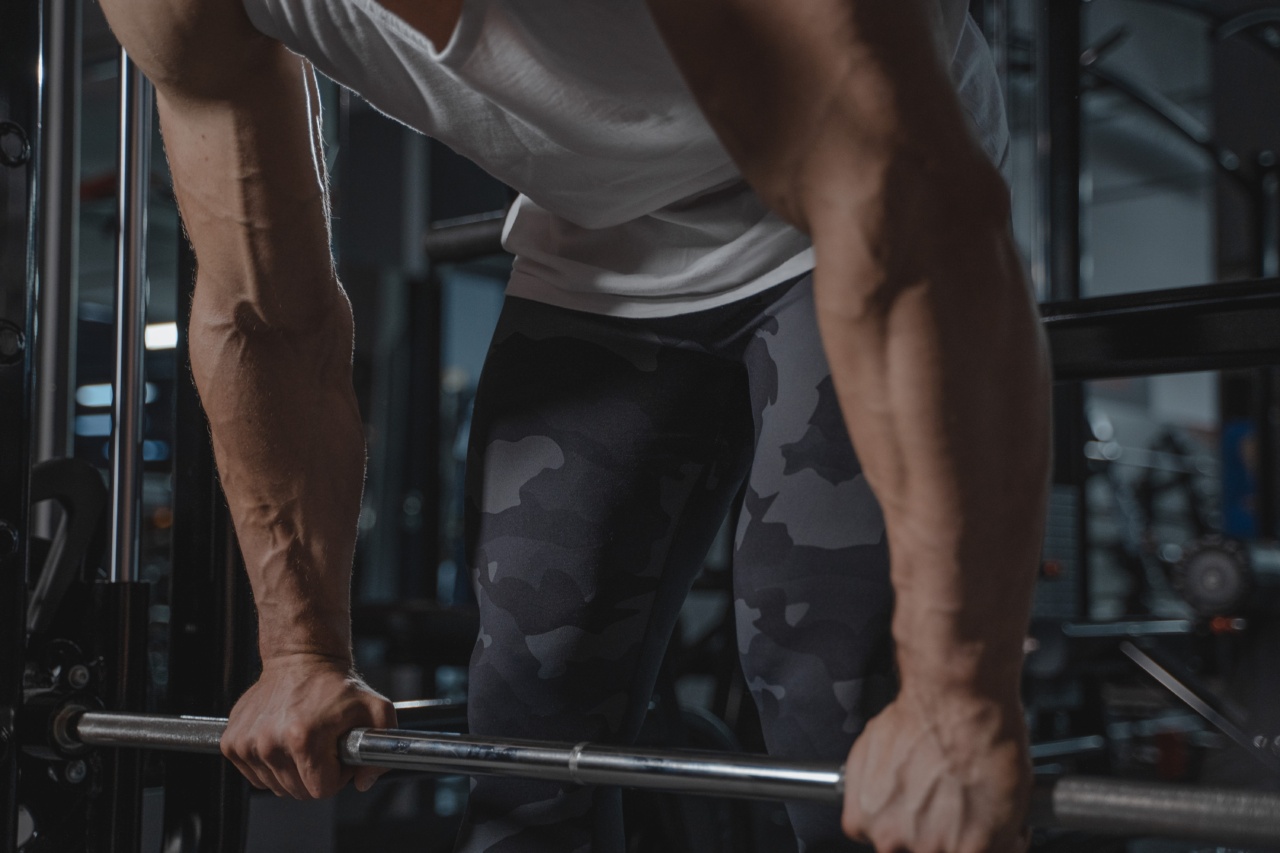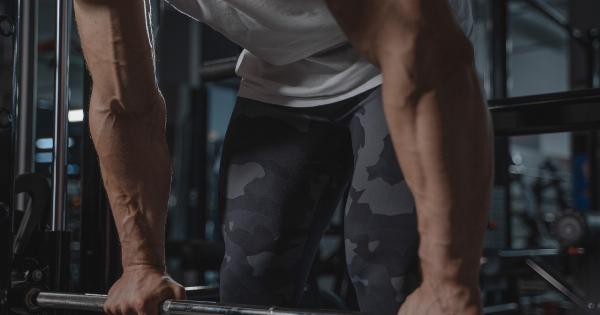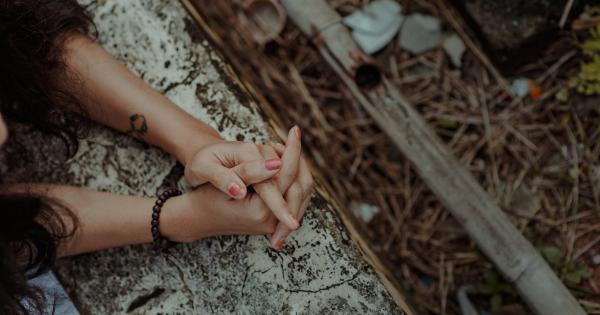Varicose veins are a common condition, affecting millions of people worldwide. They tend to appear as bulging, twisted, and purple or blue veins that are visible through the skin.
Varicose veins can be uncomfortable and even painful, and they can also lead to complications such as blood clots and ulcers. Fortunately, there are effective treatments available to eliminate varicose veins in your legs.
What are Varicose Veins?
Varicose veins are caused by a condition called venous insufficiency, in which the valves in your veins don’t work properly. Normally, the valves in your veins help to keep blood flowing in the right direction, back towards your heart.
However, if the valves become weakened or damaged, blood can start to flow backward and pool in your veins, causing them to bulge and become varicose.
What are the Symptoms of Varicose Veins?
In addition to the visible appearance of varicose veins, other symptoms may include:.
- Aching or cramping in your legs
- Swelling in your legs or ankles
- Itching or burning around the affected veins
- Throbbing or a heavy feeling in your legs
How are Varicose Veins Diagnosed?
If you have symptoms of varicose veins, your doctor may conduct a physical exam and ask you questions about your symptoms and medical history. They may also use imaging tests such as ultrasound to help diagnose the condition.
What are the Treatment Options for Varicose Veins?
There are several effective treatments available to eliminate varicose veins in your legs, including:.
Sclerotherapy
Sclerotherapy involves injecting a solution directly into the affected vein, which causes the vein to collapse and fade from view. The procedure is typically done in your doctor’s office and requires little or no downtime.
Endovenous Laser Treatment (EVLT)
EVLT uses heat from a laser to damage the affected vein, causing it to collapse and be reabsorbed by your body. The procedure is typically done under local anesthesia and requires little downtime.
Radiofrequency Ablation
Radiofrequency ablation uses heat from radiofrequency energy to damage the affected vein, causing it to collapse and be reabsorbed by your body. The procedure is typically done under local anesthesia and requires little downtime.
Vein Stripping and Ligation
Vein stripping and ligation involves surgically removing the affected vein through small incisions in your skin. The procedure is done under general anesthesia and requires a longer recovery time.
Preventing Varicose Veins
While varicose veins can be treated effectively, prevention is always the best approach. Here are some tips to help prevent varicose veins:.
- Exercise regularly to improve circulation in your legs
- Maintain a healthy weight to reduce pressure on your veins
- Avoid standing or sitting for long periods of time
- Elevate your legs when resting or sleeping
- Avoid tight clothing that can restrict blood flow
Conclusion
Varicose veins are a common condition, but they don’t have to be a source of discomfort or embarrassment.
With effective treatments such as sclerotherapy, EVLT, radiofrequency ablation, and vein stripping and ligation, you can eliminate varicose veins in your legs and enjoy better circulation and improved quality of life. Talk to your doctor about treatment options and find the solution that works best for you.





























